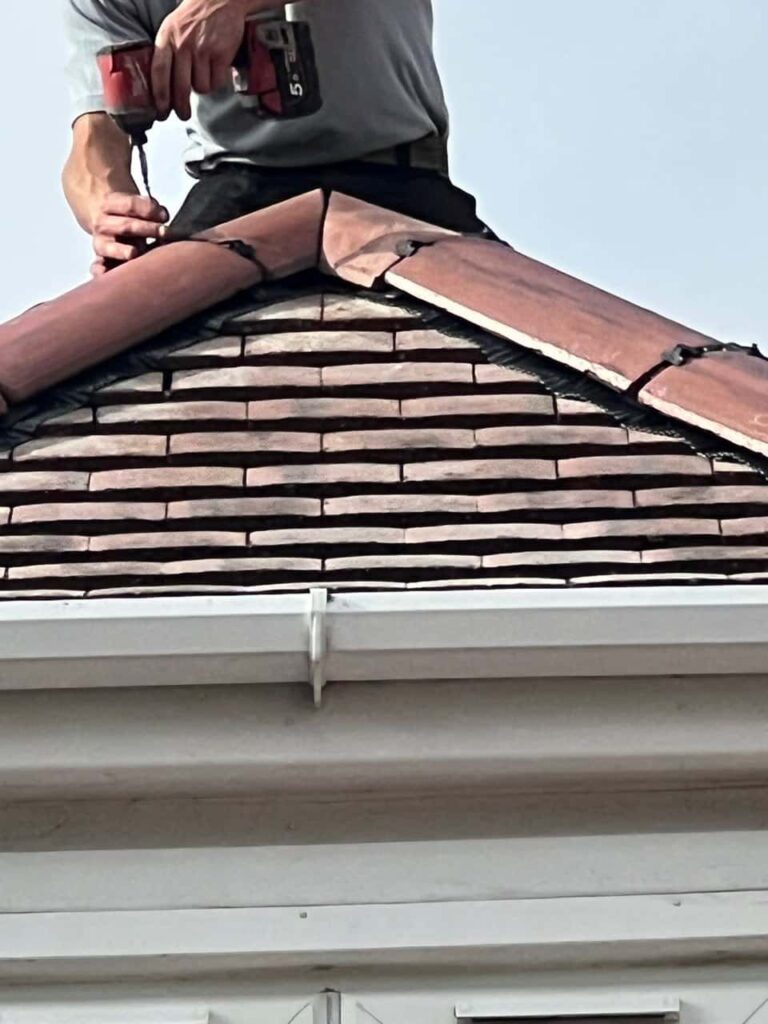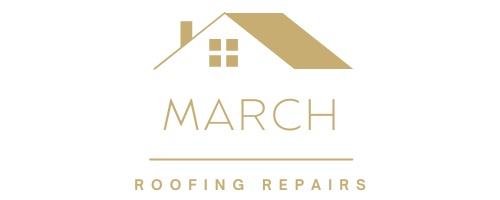Introduction: Detecting roof leaks promptly is crucial for maintaining the integrity and longevity of roofs in March. Traditional leak detection methods often involve visual inspections and water tests, which can be time-consuming and may only sometimes pinpoint the exact source of the leak. However, technological advancements have introduced innovative solutions that enhance accuracy and efficiency in detecting roof leaks. Here are some cutting-edge technologies that March Roofing Repairs employs to identify and resolve roof leaks effectively:
1. Infrared Thermography
How it works: Infrared thermography uses thermal imaging cameras to detect temperature differences on the roof surface.
Advantages:
- Accuracy: It can identify areas of moisture infiltration without physical contact, making it suitable for large and complex roof structures.
- Efficiency: Rapid scanning allows for quick identification of potential leak areas, minimising disruption to building occupants.
Application: March Roofing Repairs uses infrared thermography during routine inspections and leak investigations to pinpoint moisture intrusion points accurately.
2. Electronic Leak Detection (ELD)
How it works: ELD systems utilise electric currents to locate breaches in the roof membrane.
Advantages:
- Precision: It can detect leaks under the roof membrane, including punctures or breaches that may not be visible.
- Non-destructive: Unlike traditional methods, ELD does not require the removal of roofing materials for testing.
Application: Ideal for flat roofs and buildings with sensitive equipment where minimising roof penetrations is crucial.
3. Moisture Meters
How it works: Moisture meters measure the moisture content within roof materials, such as insulation and decking.
Advantages:
- Quantitative data: Provides precise measurements of moisture levels, determining the severity of water infiltration.
- Early detection: Helps detect moisture before it causes visible damage, allowing for proactive repairs.
Application: Integrated into routine maintenance programs to monitor roof condition and detect early signs of moisture infiltration.
4. Drones
How it works: Drones with high-resolution cameras and thermal imaging capabilities can inspect roofs from above.
Advantages:
- Accessibility: Reach inaccessible or hazardous areas of the roof safely and efficiently.
- Detailed inspection: Capture high-definition images and videos to analyse roof condition thoroughly.
Application: Particularly useful for large industrial or commercial roofs, providing comprehensive visual data for accurate assessments.
5. Acoustic Monitoring
How it works: Acoustic sensors detect sound frequencies emitted by water leaks within the roof structure.
Advantages:
- Sensitivity: Can detect leaks even in noisy environments or where visual inspection is impractical.
- Early warning: Alert maintenance teams to potential leaks before visible signs appear.
Application: Used with other detection methods to enhance reliability and early detection capabilities.
Conclusion: Selecting the appropriate technology for roof leak detection depends on factors such as roof type, size, accessibility, and budget. We leverage these innovative technologies alongside traditional methods at March Roofing Repairs to deliver comprehensive and accurate leak detection services tailored to your needs. Whether you manage a residential property or a large commercial facility, our expert team is committed to preserving the integrity of your roof and ensuring long-term protection against water damage.
Call us on: 01354 707 496
Click here to find out more about March Roofing Repairs
Click here to complete our contact form and see how we can help you with your roofing needs.

